Traditional injection molding procedures are time-consuming and labor-intensive because they rely heavily on physical labor. This not only increases production time but also increases labor costs and leaves room for human error. It leads to quality problems, which can contribute to manufacturing delays. In comparison, the modern aluminum injection molding technique by aluminum injection molds is faster and more accurate. Because it is digitized and mostly automated, there is no room for human error, resulting in higher output quality. Digital injection molding typically eliminates the need for assembly processes, reducing the time required to introduce a product to market.
When manufacturers use an automated injection molding method, they can better use their assets and spend less on labor overhead. It creates opportunities for new product development and innovation, which are required to keep up with the market’s ever-changing requirements.
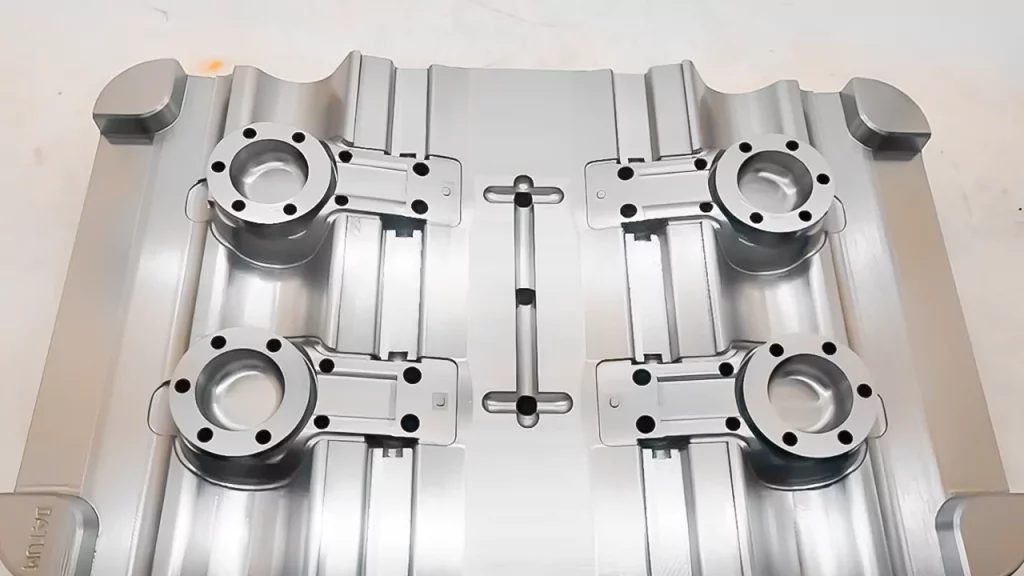
This article will go over everything you need to know about aluminum injection molds, from the design of molds used in product manufacturing to the various features and benefits provided by these molds.
What Is It?
Aluminum injection molds are one of the most popular injection molding approaches. With the help of this technique, aluminum tooling is easily manufactured into product components, which can be applied to prototypes and finished goods. It is an excellent rapid prototyping substitute for steel injection molding and is widely used in the production of automobiles, aircraft, and other industrial components.
A mold made of aluminum is ideal because it simplifies the production of complicated products with few components. It also ensures that the products have stable structures, high accuracy, and smooth surfaces. It is because it has properties such as effectively transferring heat from the mold, resulting in faster product formation.
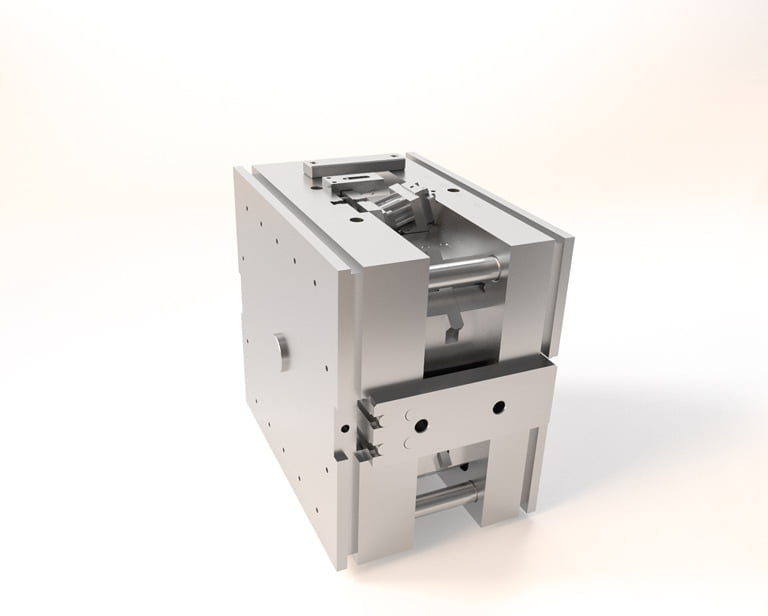
Designing Aluminum Injection Molds:
The design of an Aluminum Injection Mold is an important stage in designing a product for manufacturing. This is because it is in charge of determining the durability of products and the effectiveness of the mold.
The following are some best practices that a design expert should keep in mind when creating an aluminum mold design:
· Ensuring Consistent Wall Thickness:
Now the design of an aluminum mold, the thinner sections tend to cool and solidify first. Dense regions act as reservoirs, supplying food to the lighter cells as they harden and cool.
Despite this, most of the parts have different cross-sections and thinner parts freeze faster than thicker ones. As a result, feed paths must be designed to account for the solidification process in both the thick and thin sections.
As a result, the thickness of the plastic component can be kept consistent, molding aluminum can be simplified, and progressive solidification can occur more quickly.
· Paying Attention to Part Specifications:
Fillets should be used instead of sharp corners when designing aluminum plastic injection molds. The presence of sharp corners in the process may result in a significant difference in the amount of shrinkage that the generated part experiences, which can result in cracking or a permanent deformity.
Silicon is the most appropriate element to use as an alloy in the design of aluminum plastic injection molds. It is mainly because of its high specific heat capacity, allowing it to retain heat more effectively than aluminum.
Aside from silicon, there are numerous other acceptable alloys. Any alloy used should have a limited freezing range because it contributes to developing solid mechanical properties in products.
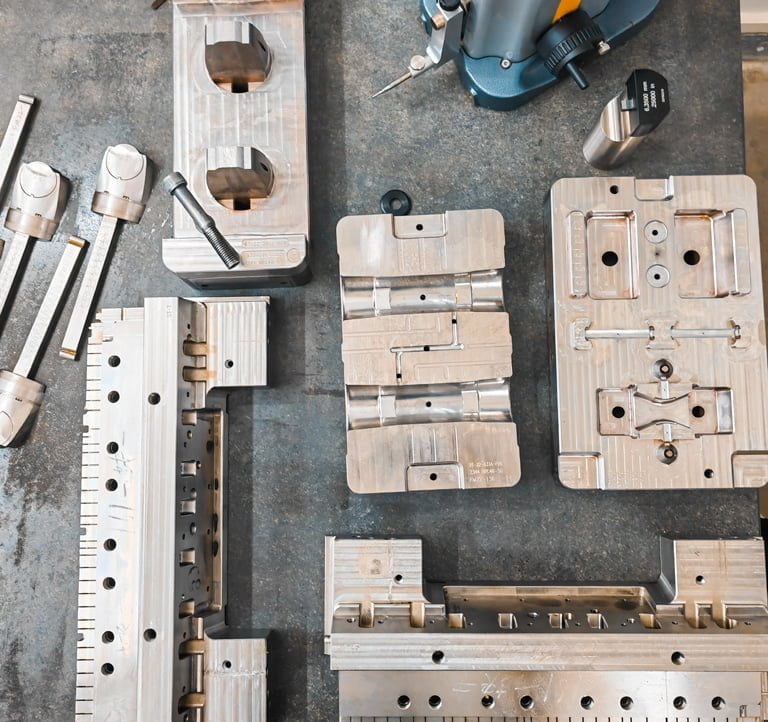
· Making Provisions for the Possibility of Changes:
When designing an aluminum mold, it is advantageous to include a procedure in the design for any potential future adjustments that you may require. Although this may raise the cost of the aluminum injection molds, it may be more cost-effective from a long-term perspective if adjustments are needed.
It is possible to make changes without establishing the ability to do so at the start of the process. However, in most cases, it is necessary to give up the tool.
· Utilizing Inserts:
Inserts of various shapes and materials, such as brass thread inserts, can be incorporated into the design of an aluminum mold to increase the mold’s longevity and provide extra-hard surfaces where needed.
Features of Aluminum Injection Molds:
Depending on the design and capabilities of aluminum injection molds, as well as product demand during the injection molding process, the features of such molds can significantly improve product quality and manufacturing results. These features include:
- Aluminum has a high coefficient of thermal expansion. As a result, once heated to the appropriate temperature, it can quickly cool down, speeding up the manufacturing process. As a result, it is an essential material in the manufacturing process, necessitating efficient and quick production. It is also an excellent candidate for the injection molding technique.
- A tool with adequate mechanical strength and rigidity is required for workpiece accuracy. Aluminum has strong metallic properties that contribute to maintaining a certain level of rigidity and strength. It is an excellent tooling material because it is pliable and tough. As a result, a tool must be sufficiently robust during the manufacturing process. Making the correct cutting parameters, grades, and geometries in aluminum injection molding will also result in a more efficient aluminum molding process. This is due to the interdependence of these three factors. As a result, using aluminum alloys in tooling will increase productivity while simultaneously lowering the cost-per-component ratio.
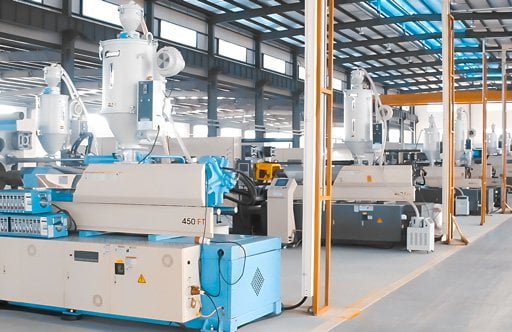
Advantages of Aluminum Injection Molds:
The following are the most significant benefits of using aluminum molds during the injection molding process for product manufacturing:
· Low Machine Time:
Plastic injection molds made of aluminum are substantially better at removing heat from the material than steel molds. Because of this, they can heat up rapidly and cool off. When it comes to injection molding, the entire process comprises cycles; one of those cycles is the cooling time. Consequently, using aluminum molding technology makes it possible to have a shorter cycle, which directly translates into faster component manufacturing.
· Quicker Turnover:
The process of steel injection molding, which begins with the development of the mold and ends with the delivery of the finished product, may take several months. Despite this, producing molds, prototypes, and finished goods using aluminum plastic injection molds and molds requires only a few days.
· Outstanding for Use with Low Volumes
When producing low-volume sets of components, aluminum plastic injection molds significantly improve value over their steel counterparts. This is because they can be relied upon to provide lower up-front expenses while manufacturing decent components in huge quantities.
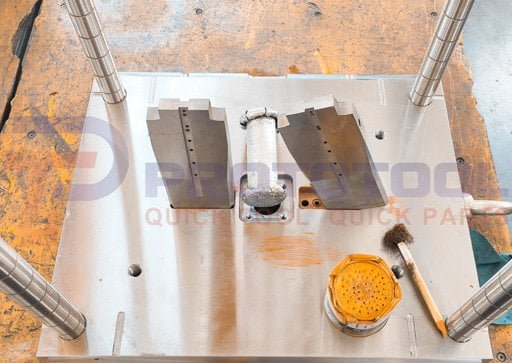
· Cost-Efficiency:
Production costs for aluminum injection molds are significantly lower than for steel injection molds. A mold’s overall value and return on investment could differ from one application to another. Despite this, the preliminary investment in tools required for working with aluminum is much less than that required for working with other metals.
· Straightforward Maintenance Work and Adjustments:
Steel is a rigid material; as a result, repairing a damaged or defective steel mold can be challenging and expensive. In most cases, the only service you can access is through a brand-new mold. Injection molds for plastic made of aluminum are constructed of softer materials and have a straightforward and detachable design. If an error is made, this function makes it very easy to modify and repair the aluminum-plastic injection molds.
· Exceptional and High-Quality Manufacturing Outcomes:
Sink marks, gaps, and burn markings are some of the most common faults, and one of the most common causes of these flaws is non-uniform heating and cooling. The excellent heat dissipation qualities of lightweight aluminum plastic injection mold allow the mold to swiftly and consistently warm up and cool down, reducing the number of defective components and turns down.
Conclusion:
Poor design or tooling practices and faulty aluminum alloy selection frequently cause the usage of an aluminum mold for plastic injection molding to fail. However, with the proper selection of production service and injection molding service providing companies like Prototool, you can ensure professionally guaranteed performance and outcomes without compromising on the product manufacturing production quality using aluminum injection molds.










